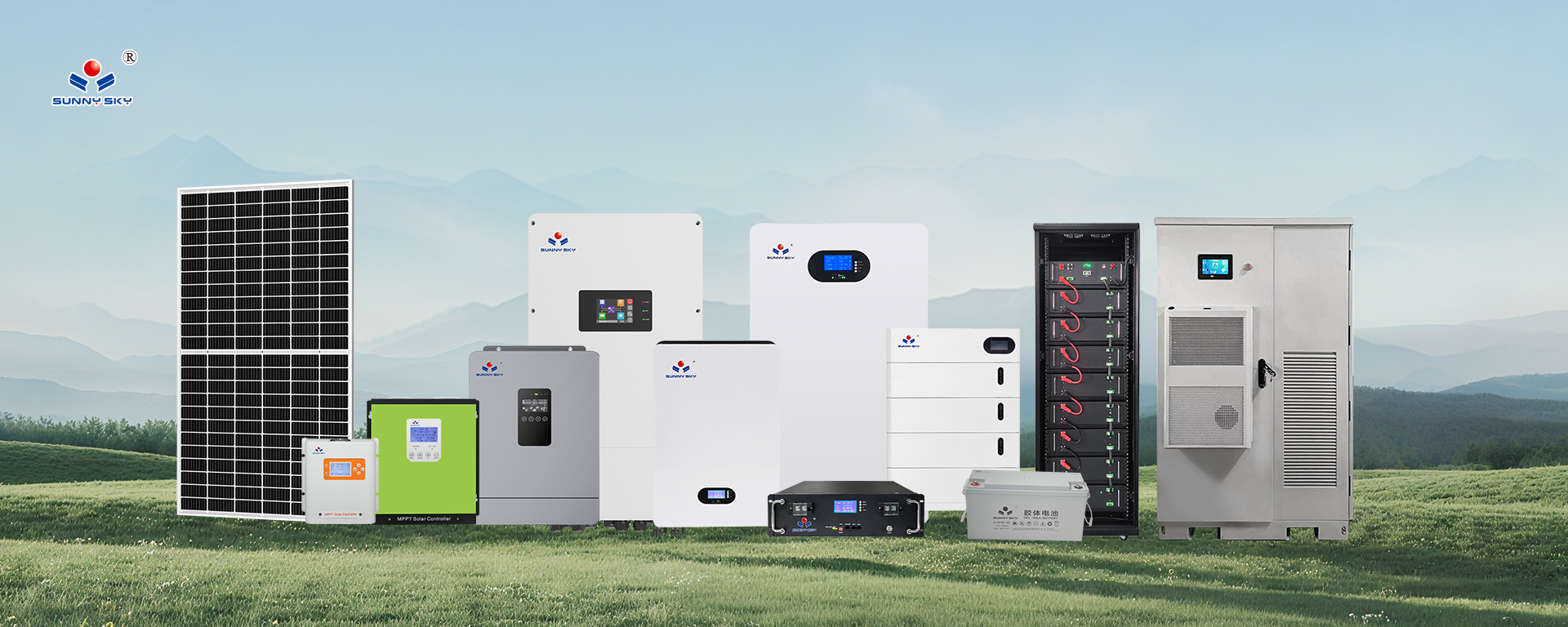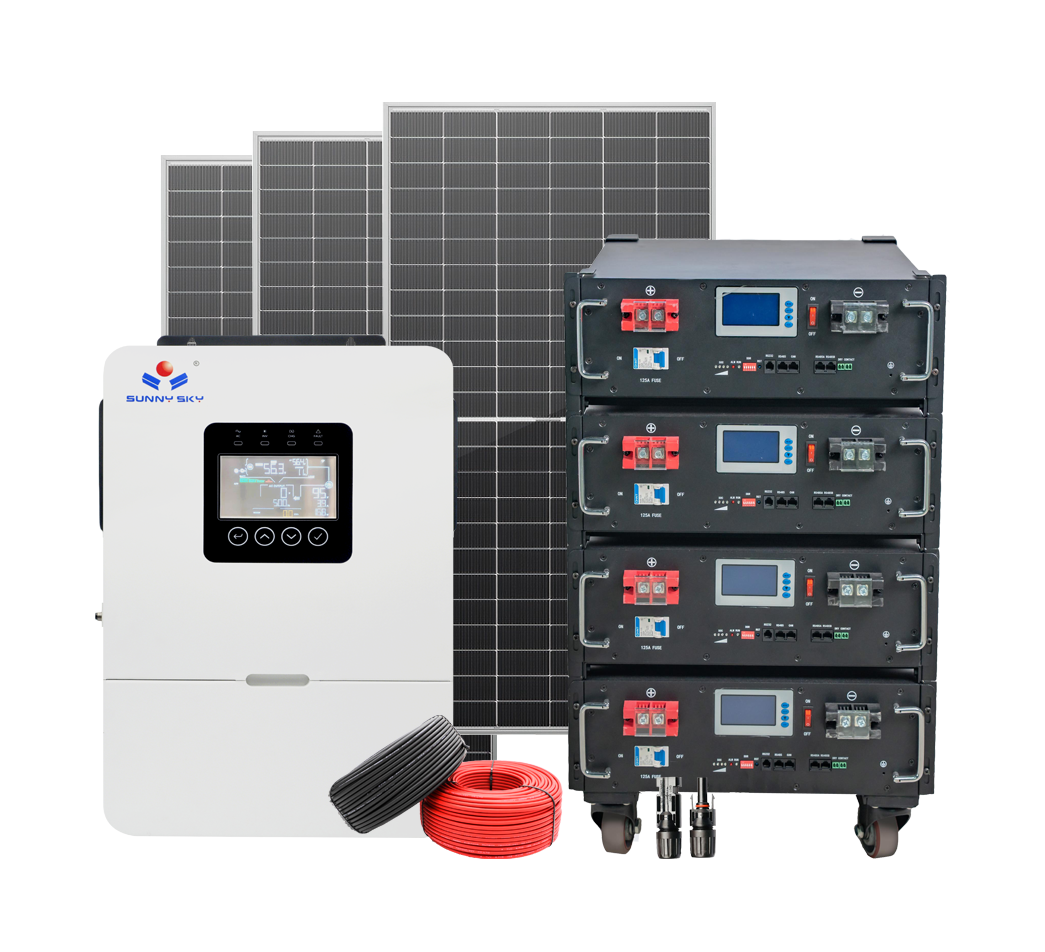
Solar energy is rapidly transforming the global energy landscape, offering a sustainable alternative to traditional fossil fuels and driving a shift towards cleaner power sources. As we delve into the emerging trends, it's clear that this renewable resource is not just an environmental necessity but also an economic opportunity, with advancements making it more accessible and efficient for widespread adoption.
The Rise of Residential Solar Systems
One of the most prominent trends in solar energy is the surge in residential solar systems, which are becoming increasingly popular among homeowners seeking to reduce their carbon footprint and energy bills. These systems involve installing photovoltaic panels on rooftops to harness sunlight and convert it into electricity, allowing households to generate their own power. With technological improvements, residential solar systems are now more affordable and easier to integrate with home energy needs. For instance, innovations like the Tianyuan Solar Power Generation Project demonstrate how high-efficiency panels can be adapted for everyday use, providing a blueprint for efficient energy harvesting. This trend is fueled by government incentives and falling solar power costs, making it a viable option for more families. As residential solar systems continue to evolve, they are expected to play a key role in achieving net-zero emissions goals by 2050.
Advancements in Commercial Solar Power
Commercial solar power is another area witnessing significant growth, as businesses turn to large-scale installations to meet their energy demands sustainably. This trend involves deploying extensive arrays of solar panels on commercial properties, which not only lower operational costs but also enhance a company's green credentials. Photovoltaic systems tailored for commercial use are designed for high durability and output, often incorporating features like solar battery storage to ensure a steady supply of energy even during peak hours. The Tianyuan project exemplifies this, with its strategic placement over parking areas to maximize space and efficiency. As commercial solar power becomes more integrated with smart grid technologies, it is poised to drive down overall energy expenses and support corporate sustainability initiatives, reflecting a broader shift towards renewable energy solutions in the business sector.
The Impact of Solar Power Cost Reductions
Solar power cost has been declining steadily, making this technology more competitive with conventional energy sources and accelerating its adoption across various sectors. This cost reduction is largely due to economies of scale in manufacturing, improved production techniques, and increased competition among suppliers. As a result, solar energy efficiency is improving, allowing for better performance in diverse environments. For example, advancements in solar battery storage are enabling users to store excess energy for later use, which is crucial for both residential and commercial applications. This trend is particularly evident in off-grid solar systems, which are gaining traction in remote areas where traditional power infrastructure is lacking. By continuing to lower barriers to entry, solar power cost trends are democratizing access to clean energy and fostering innovation in energy storage solutions.
Future Prospects of Photovoltaic Systems and Renewable Energy Solutions
Looking ahead, photovoltaic systems and broader renewable energy solutions are set to dominate the energy market, driven by ongoing research and global commitments to combat climate change. Innovations in solar energy systems, such as enhanced panel designs and integration with AI for optimal performance, are making them more reliable and adaptable. Off-grid solar systems, in particular, are emerging as a lifeline for underdeveloped regions, providing independent power without reliance on centralized grids. The Tianyuan Solar Power Generation Project highlights how these systems can be scaled for different needs, from urban installations to rural applications. As solar energy efficiency improves, we can expect a more interconnected energy ecosystem that prioritizes sustainability. This evolution not only addresses environmental concerns but also stimulates economic growth through job creation in the green sector. Overall, the trajectory of solar energy points to a future where clean, abundant power is the norm, reshaping how we produce and consume energy worldwide.



